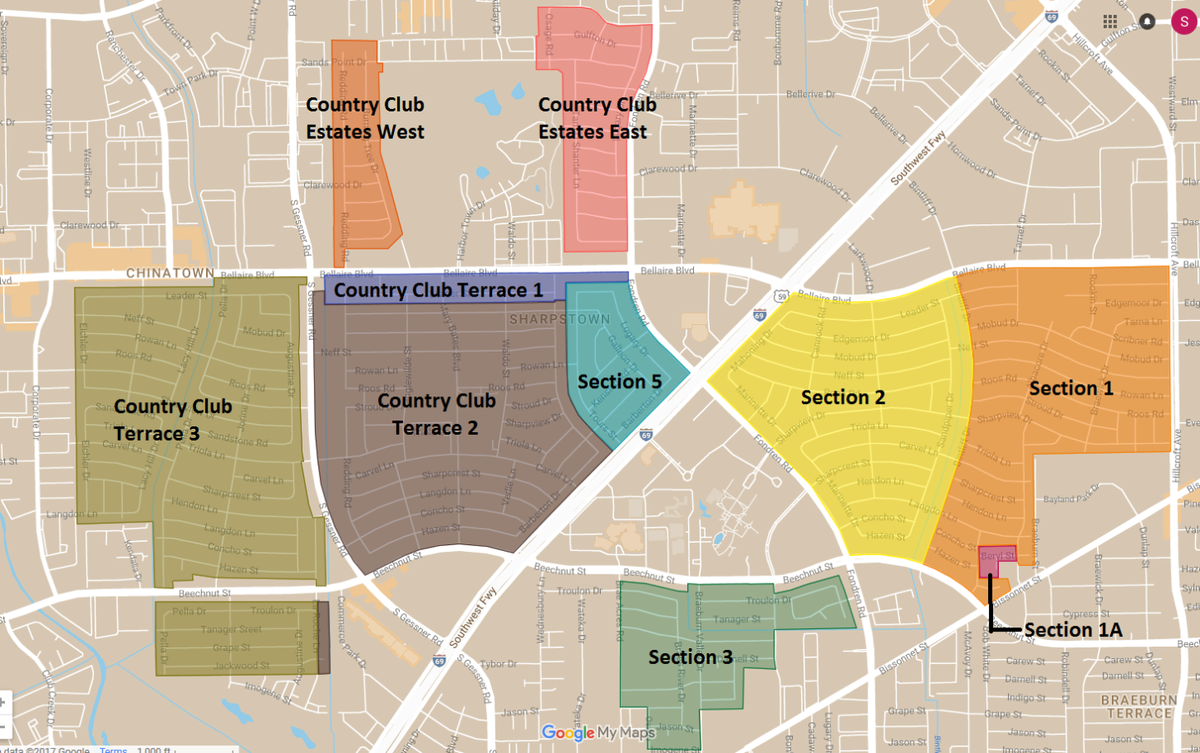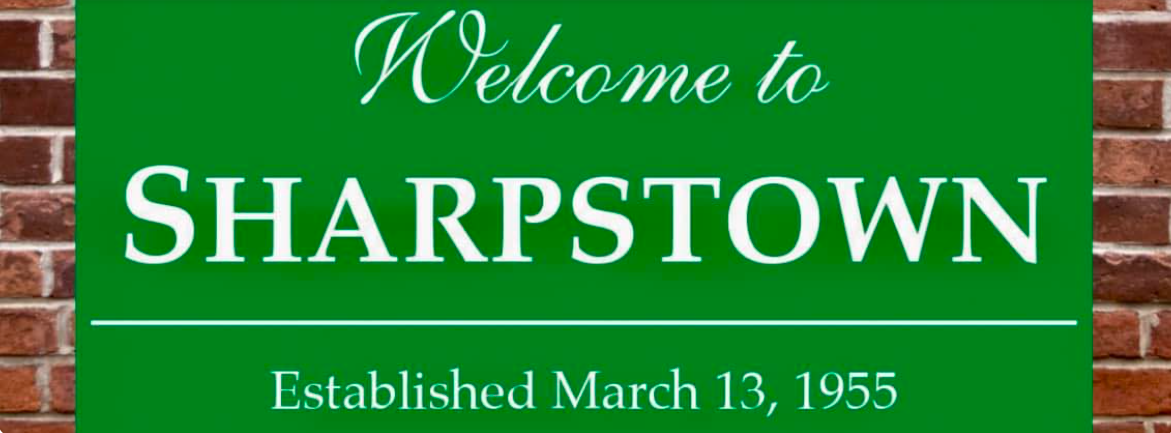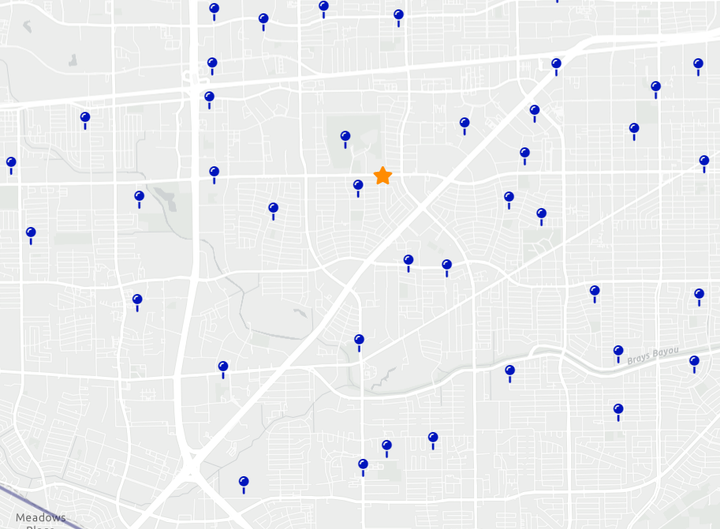Moore: Sharpstown History Began with a Model T

Early on a June morning in 1926, a young man loaded a suitcase—packed with all his earthly belongings—into his father’s Model T, climbed into the car, and pointed it toward Houston.
Leaving his east Texas world around three months after his twentieth birthday, Frank made the 116-mile journey on bad roads, mostly unpaved, requiring three stops to repair or replace tires.
He was driving from Crockett, where he lived near the Old San Antonio Road and a creek bordering the family property. Most of his hometown’s population could be accommodated at one of Houston’s hotels.
The trip to Houston would take Frank through Conroe. He unknowingly traveled over the ocean of oil and gas which would become known as George Strake’s Conroe Field, developed five years later in 1931.
Frank was no stranger to work. Born March 18, 1906, the second son of his parents, he had already worked various jobs in his hometown in the east Texas timber country. These included bricklaying, paving Crockett Courthouse Square, hoeing cotton, building a dam, hauling gravel, grading the Old San Antonio Road, and helping his father as an assistant farmland appraiser for the newly formed Federal Land Bank. That last job led to an understanding of land values, land use, drainage, and soil that would serve him in his most famous future role—developer of Houston's massive Sharpstown neighborhood.
Frank Wesley Sharp had been held back a year in school, facing early difficulty with reading, but with tutoring and determined work, he had persevered and graduated from high school. He arrived in Houston about a week after graduation.
When twenty-year-old Frank climbed out of that Model T in early June 1926, he had $5, the clothes on his back, and the suitcase containing all his worldly possessions.
His mother and several siblings rode with him to Houston to visit his older brother Leonard, who opened a door for the eager Frank to get a job in the city of opportunity. When the family returned to Crockett, the Model T went with them, but Frank stayed.
The Houston he came to is aptly described in Story Sloane III’s book Houston in the 1920s and 1930s (Images of America Series, Arcadia). A 28-year-old Oscar F. Holcombe was serving his first term as Houston’s mayor, having been first elected in 1921 and serving through 1929.
Houston was founded on June 5, 1837, but after the Houston Ship Channel formally opened on November 19, 1914, the prospering port economy attracted an explosion of new residents. The channel eased the transport of cotton, rice, and petroleum, supplying the shoreline of oil refineries and other petrochemical complexes along the Gulf.
In 1926, Houston’s population was around 250,000. Frank’s arrival increased it by one.
Prohibition, begun in 1920, was in full swing. Houston had its share of speakeasies, clandestine stills, and bootleg distribution of moonshine. But Sharp, a non-drinker, frequented none of these establishments for the purpose of consuming alcoholic beverages. The 1929 depression was still three years in the future, so for those of a willing disposition, work was available.
Sharp set about attending night school, studying general business classes including bookkeeping and accounting. From 1926 to 1934, he worked and established himself in the community. He married the love of his life, with whom he would share almost 60 years, raise a family, and be involved in creating several of Houston’s largest residential developments.
In his biggest, Sharpstown, he would help to establish a cutting-edge, fully enclosed, air-conditioned shopping center, many schools, various Protestant churches and a Catholic parish, hospitals, a highway, parks, an assortment of car dealerships, and both a Jesuit college preparatory school and a Baptist university.
Twenty-year-old Frank could never have known that he would interact with such influential men as David Bintliff, Glenn McCarthy, George Strake, R.E. “Bob” Smith, Clint Murchison, Gus Wortham, Albert Thomas, George Brown, Father Michael Kenneally, Ted Kennedy, James Lovell, the Galveston Moody Family, Houston mayors, Texas governors, United States representatives and senators, and presidents. His full life would even include an audience with the pope in Rome (though he remained a steadfast member of his own Methodist church).
In 1993, after Frank breathed his last in his River Oaks residence, he would be buried at Forest Park Lawndale Cemetery, along with many of the men and women who peopled the story of his life. His death reduced the city’s population by one, to around 1,750,000. Houston had grown by some 1.5 million people, many of whom lived in one of Frank’s developments.
He would not begin developing Sharpstown until March 13, 1955, but when he climbed into that Model T in 1926, it was not just a beginning for Sharpstown; it was the beginning.
Author
Mike Moore
Mike Moore, curator of the Sharpstown History Project, is writing a book about the story of our neighborhood through the 1980s. Stay tuned for more Sharpstown history columns from Mike, and reach out to him at 281-736-5870 or sharpstownhistoryproject@gmail.com if you want to share your Sharpstown stories and photos from the olden days.

Sources for This Column
- Numerous Houston Post and Houston Chronicle articles.
- Sharpstown Revisited by Mickey Herskowitz, 1994.
- City of Houston Population on the day of Frank Sharp’s arrival, June 1926: estimated based on 1920 census—138,276—and 1930 census—292,352—from The Texas Almanac: City Population History from 1850-2000.
- City of Houston population on the day of Frank Sharp’s death, April 2, 1993: estimated based on 1990 census—1,537,859—and 2000 census—1,953,631—from the Texas Almanac: City Population History from 1850-2000.




Comments ()